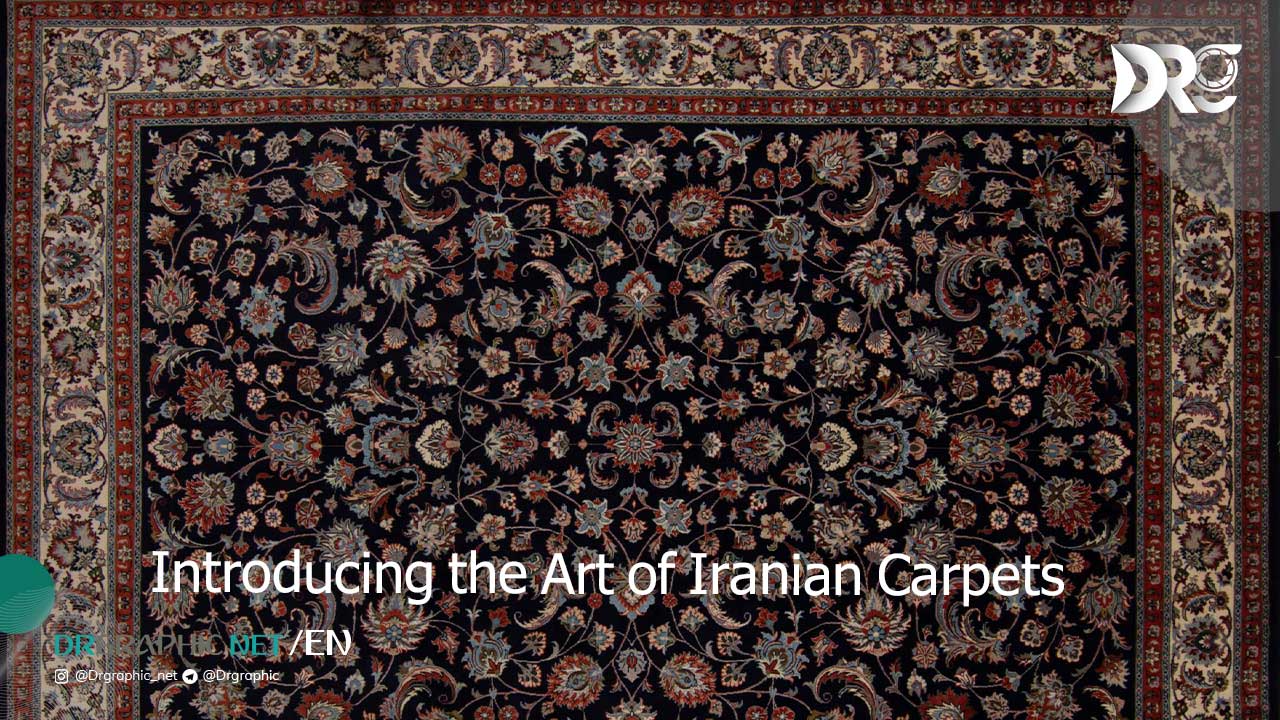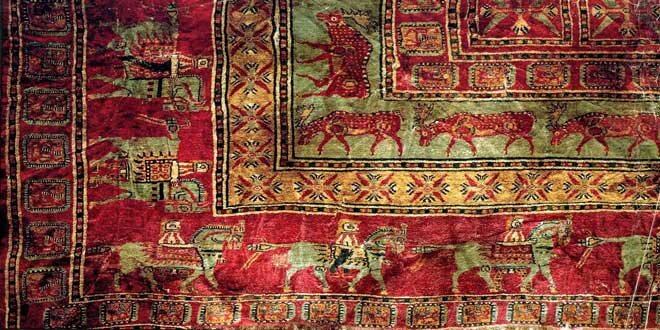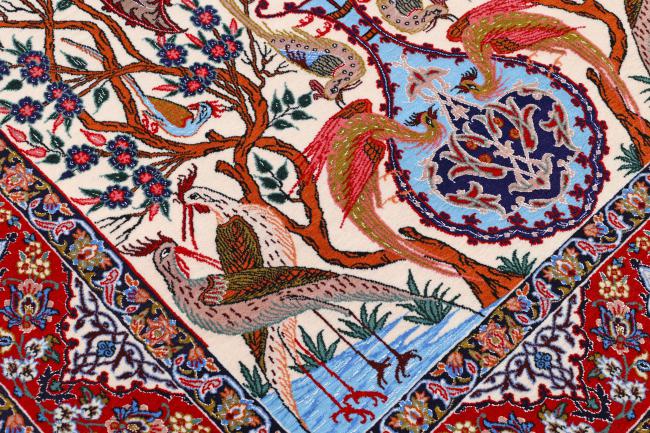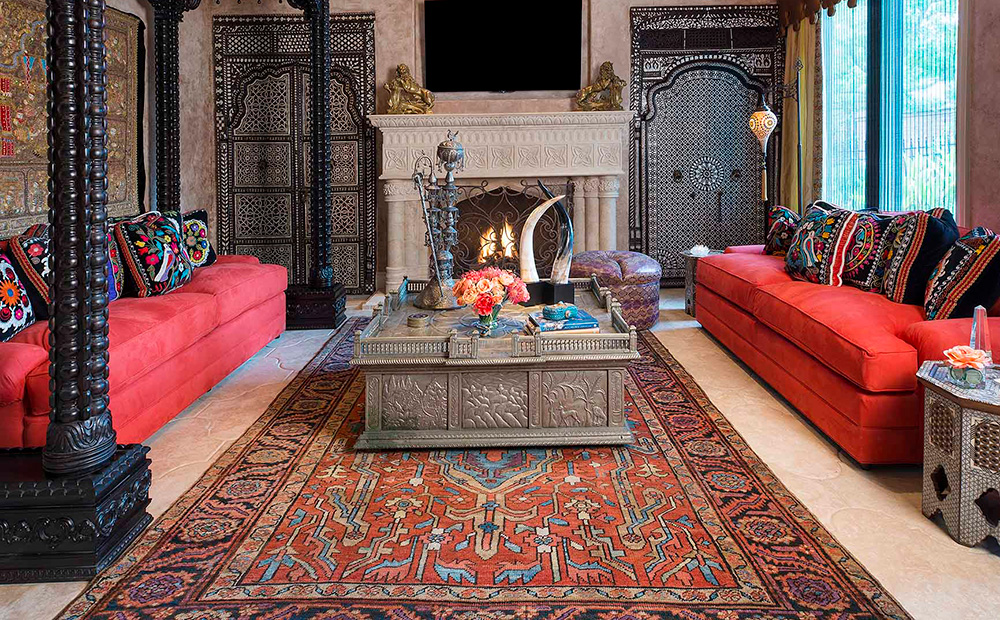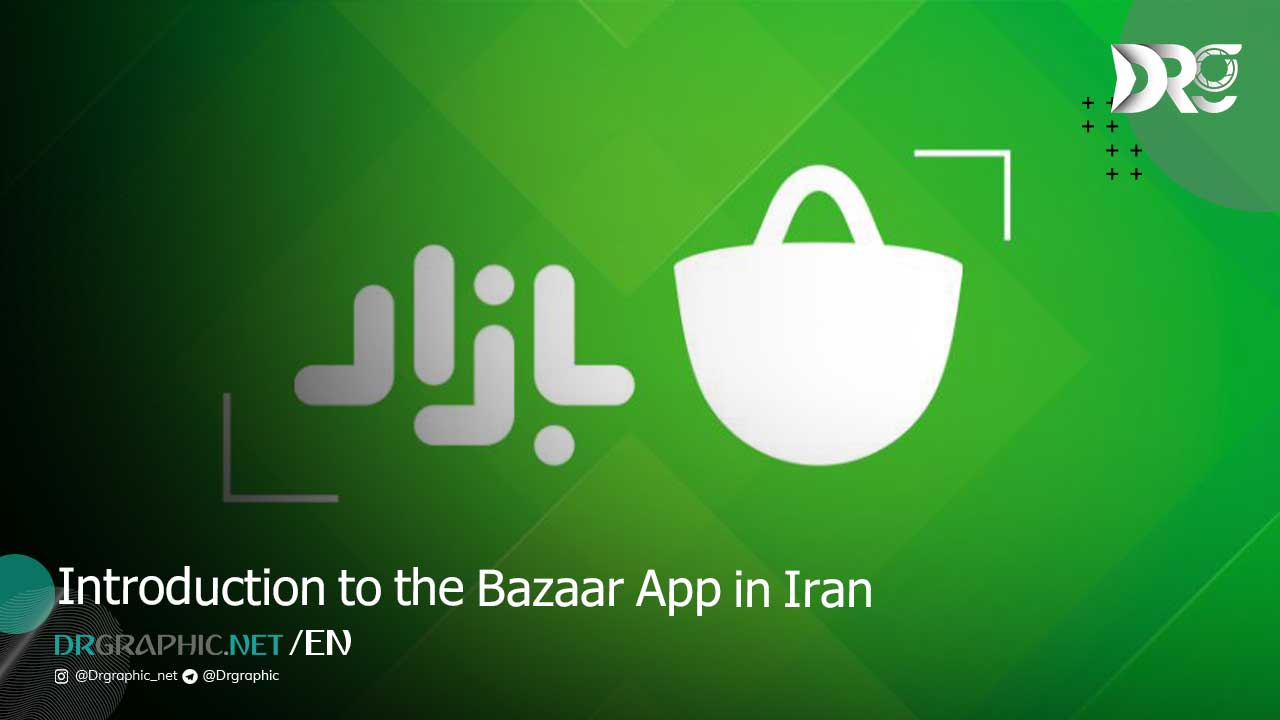Introducing the Art of Iranian Carpets: A Legacy of Beauty and Craftsmanship
Iranian carpets, also known as Persian rugs, are among the most exquisite and sought-after textiles in the world. With a history spanning over 2,500 years, these carpets are more than just decorative items—they are a symbol of Iran’s rich cultural heritage, artistic mastery, and craftsmanship. Known for their intricate patterns, high-quality materials, and deep-rooted traditions, Persian carpets have been cherished across the globe, from royal palaces to modern homes.
Dr.Graphic will explore the history, techniques, regional styles, cultural significance, and modern impact of Iranian carpets.
A Brief History of Persian Carpets
The art of carpet weaving in Iran dates back to ancient Persia, with some of the earliest known examples found in the ruins of Persepolis. The oldest surviving Persian carpet, the Pazyryk carpet, discovered in Siberia, dates back to the 5th century BCE, proving that Persian weavers had mastered their craft even in ancient times.
During the Safavid dynasty (16th-17th century), Persian carpets flourished as an art form. This era saw the establishment of royal carpet workshops in Isfahan, Tabriz, and Kashan, where master weavers created intricate designs that are still admired today. The Safavid rulers promoted carpet-making as a national industry, leading to the creation of some of the world’s most valuable rugs, many of which are now displayed in museums worldwide.
The Qajar and Pahlavi periods further expanded the trade, introducing Persian carpets to international markets. Today, Iranian carpets remain one of the country’s top cultural exports, appreciated for their timeless beauty and unparalleled quality.
Weaving Techniques and Materials
Persian carpets are handwoven using traditional techniques that have been passed down through generations. The main materials used include:
- Wool – The most common material, sourced from sheep, known for its durability and warmth.
- Silk – Used in high-end carpets for its luxurious shine and fine texture.
- Cotton – Often used as the base for the carpet’s foundation.
The weaving process involves tying thousands of knots onto a loom, with each knot contributing to the rug’s overall design. The most common knots are:
- Persian (Senneh) Knot – A fine, asymmetrical knot used in high-quality rugs.
- Turkish (Ghiordes) Knot – A symmetrical knot found in some regional Persian rugs.
A single Persian carpet can take months or even years to complete, depending on its size and complexity.
Famous Persian Carpet Styles and Regions
Iranian carpets come in a variety of regional styles, each with unique designs, color schemes, and weaving techniques. Some of the most famous include:
1. Isfahan Carpets
Known for their delicate floral patterns, medallion designs, and rich colors, Isfahan carpets are woven with high knot density, often using silk and fine wool.
2. Tabriz Carpets
Tabriz, one of Iran’s oldest carpet-weaving centers, produces rugs with detailed geometric and pictorial designs, often depicting historical scenes, nature, or hunting motifs.
3. Kashan Carpets
Kashan rugs are highly detailed and symmetrical, featuring elaborate floral designs and central medallions, often in shades of red, blue, and ivory.
4. Qom Carpets
Qom (Qum) carpets are luxurious silk rugs with intricate patterns. They are among the most expensive Persian carpets due to their fine craftsmanship and high knot density.
5. Kerman Carpets
Kerman rugs are known for their elegant, detailed floral patterns and pastel color palettes, making them a favorite among collectors.
6. Bakhtiari Carpets
Handwoven by the Bakhtiari nomads, these rugs feature bold tribal patterns, garden motifs, and vivid colors, reflecting a more rustic style.
7. Heriz Carpets
Heriz carpets are thicker and more durable, with large geometric designs and warm earthy tones, making them ideal for long-term use.
Each of these regional styles showcases the diversity and artistry of Persian carpet weaving, making every piece a unique work of art.
Symbolism and Cultural Significance
Persian carpets are more than just beautiful textiles; they carry deep symbolic meanings. Many designs reflect nature, spirituality, and Persian mythology. Common motifs include:
- Boteh (Paisley) – Represents eternity and life’s continuous cycle.
- Cypress Trees – Symbolize immortality and resilience.
- Lotus Flowers – Represent purity and spiritual awakening.
- Medallions – A signature of Persian artistic symmetry.
In Persian culture, carpets play a vital role in daily life and special occasions. They are often used in weddings, prayer rituals, and family gatherings, passed down as heirlooms from generation to generation.
Persian Carpets in the Modern World
Despite changes in global markets, Iranian carpets remain highly valuable. In recent years, modern designers have blended traditional Persian motifs with contemporary styles, appealing to a new generation of buyers.
However, Iranian carpet exports have faced challenges due to international sanctions and competition from machine-made rugs. Despite this, Persian carpets continue to be recognized for their superior craftsmanship, durability, and artistic value.
Many collectors and interior designers still consider handmade Persian rugs an investment, with rare pieces selling for millions of dollars at auctions.
Read more:
Conclusion: A Timeless Art Form
The art of Iranian carpet weaving is a testament to the enduring craftsmanship, cultural heritage, and artistic genius of Persian artisans. Each carpet tells a story, woven with precision and meaning, reflecting centuries of tradition and artistic excellence.
Whether displayed in a museum, a palace, or a modern home, Persian carpets continue to be one of Iran’s most iconic and treasured cultural symbols.
Resources: Wikipedia _ TEHRANTIMES
How useful was this post?
Click on a star to rate it!
Average rating 5 / 5. Vote count: 2
No votes so far! Be the first to rate this post.

